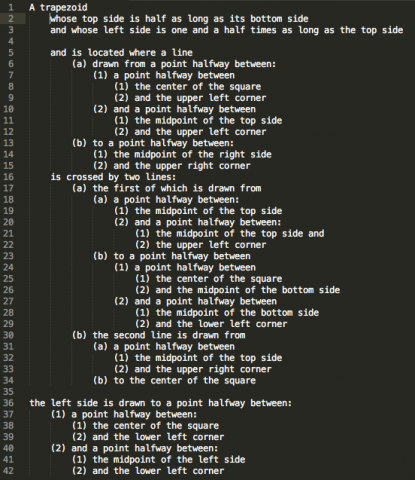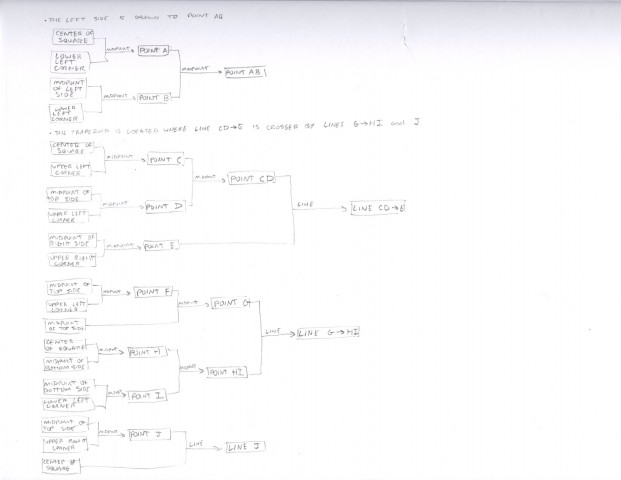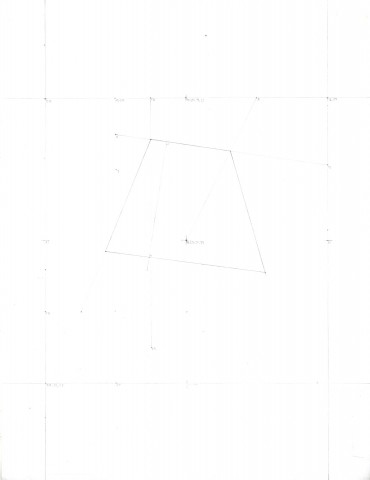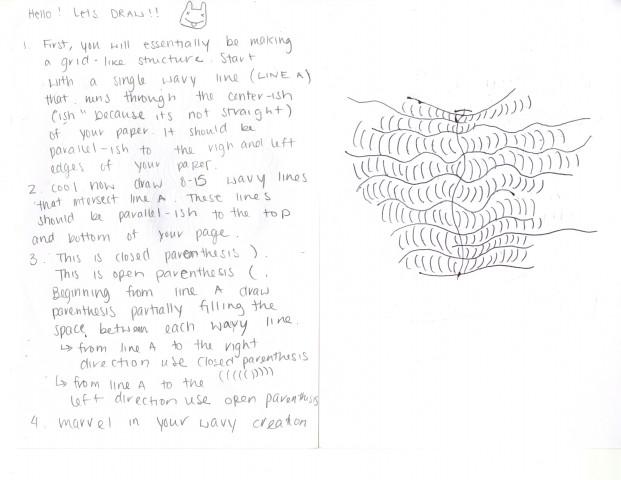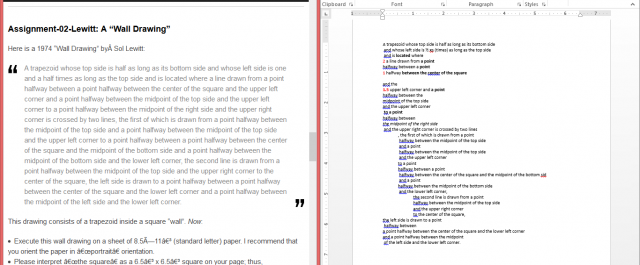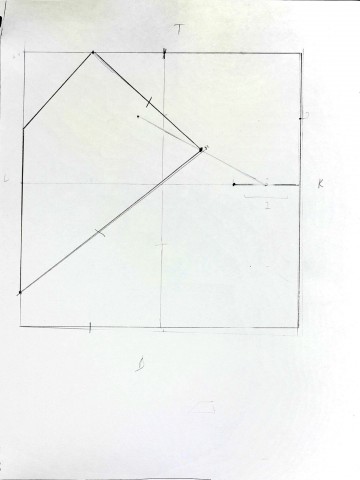Luan Chyi by Shuai Chen in 2013 is hard to describe. The artist refers to it a “landscape generator”. In literal terms, it is a collection of 12 two-way mirror boxes placed in grid formation on top of two monitors. The monitors play a stream of watery ripple effects reminiscent of traditional Chinese landscape paintings, while the mirror boxes reflect and magnify their images. When the piece is activated in the dark, the result is a strange, yet mesmerizing view of pixels reflecting infinitely into the mirrors. I found this piece interesting because I have never thought of using mirrors and monitors in this combination – and it I think it looks really pretty.
Luan Chyi: A landscape-generative installation from Kevin.Chen on Vimeo.
The Senseless Drawing Robot by So Kanno and Takahiro Yamaguchi in 2012 is a “graffiti bot.” The robot is basically a set of wheels carrying a pendulum-like swing holding a spray can. When placed in front of a wall, the robot will sweep back and forth, and the swing’s momentum causes virtually unpredictable motion, which is exactly when the robot begin to paint the wall. One could argue that this piece simultaneously exhibits both random and rule-based behavior. The robot’s wheel motion and spray can timing both appear to be controlled by a tight program, but physics ends up taking over, and makes every work produced by this robot unique. Personally, I thought this piece was funny because it could replicate the works of many budding graffiti artists by simply following a pre-made set of rules.
SENSELESS DRAWING BOT from yang02 on Vimeo.
WURM (now Fabrika) is a generative art app for mobile devices by Anna Oguienko in 2010. What sets this apart from other visual generative art pieces is that it is interactive; the user helps in creating the art, aided by generative algorithms provided by the mobile device. By using fingers as virtual brushes, the app generates a set of flowing 3d-esque shapes that algorithmically respond by adjusting size and color of the touch. In the end, the human and the artwork are working together to create new masterpieces, allowing an unlimited amount of creativity to be visualized. I wonder what interacting with this would be like on a larger touchpad screen…
